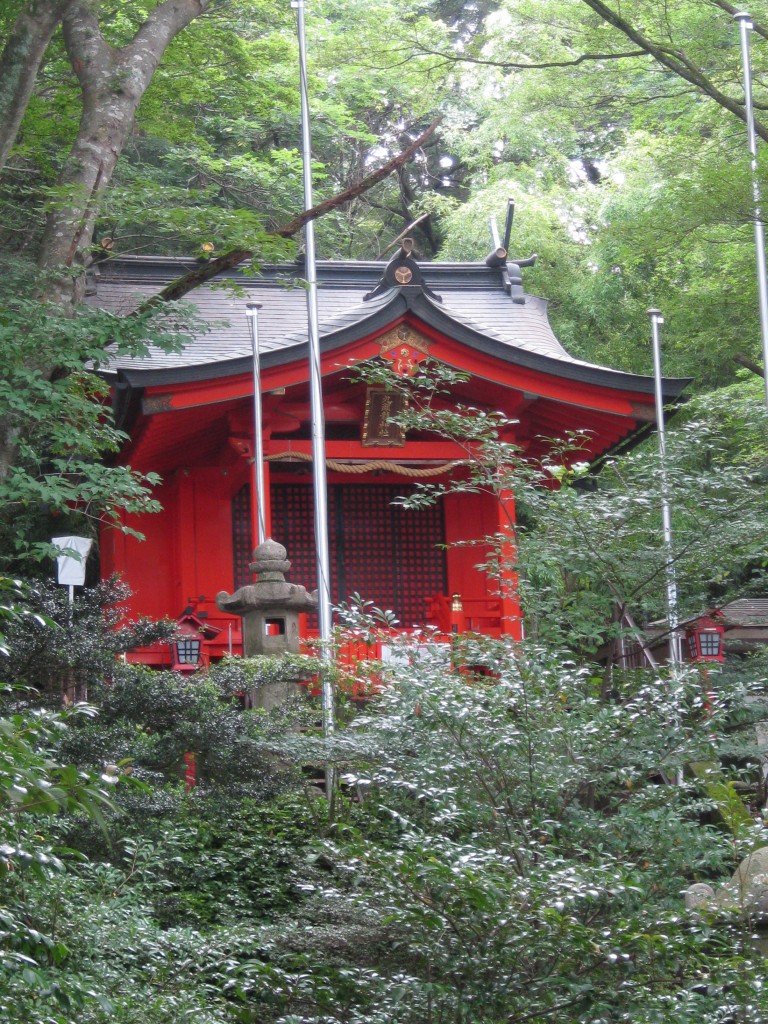
The delightfully secluded Kuzuryu Shrine set in the woods
Getting back to nature: how forest bathing can make us feel better
The Japanese have known for years that spending mindful time in the woods is beneficial for body and soul. Now western doctors – and royals – agree
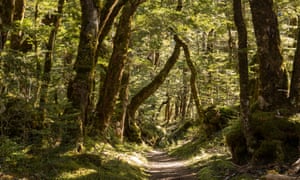
It is believed that time spent under the green canopy is critical in fighting a number of diseases and conditions. Photograph: Murdo MacLeod/The Observer
Last week the Woodland Trust suggested forest bathing – which doesn’t, despite its name, involve getting in water – should be among a range of non-medical therapies and activities recommended by GPs’ surgeries to boost patients’ boost well-being. ‘Social prescribing’ is a growing movement in the NHS, can include volunteering, gardening, sports activities, cookery and befriending.
“Forest bathing is an opportunity for people to take time out, slow down and connect with nature. We think it could be part of the mix of activities for social prescription,” Stuart Dainton of the Woodland Trust told the Observer. “Evidence about its benefits is building.”
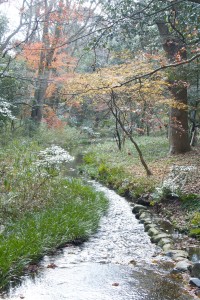
Shinrin-yoku was developed in the 1980s in Japan. Although people had been taking walks in the country’s forests for centuries, new studies showed that such activity could reduce blood pressure, lower cortisol levels and improve concentration and memory. A chemical released by trees and plants, called phytoncides, was found to boost the immune system. As more research highlighted the benefits of shinrin-yoku, the Japanese government incorporated it into the country’s health programme.
Li – now president of the Society for Forest Medicine in Japan, and the author of Shinrin-Yoku: The Art and Science of Forest Bathing – is a world expert and has conducted numerous studies. “It’s a preventative medicine, not a treatment,” he told the Observer. People spend their lives increasingly indoors, he said. About 80% of Japan’s population lives in urban areas, and the average American now spends more than 90% of their time indoors. But we are designed to be connected to the natural world, to “listen to the wind and taste the air”.
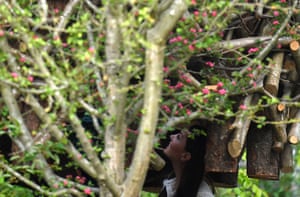
‘Forest bathing is mindful time spent under the canopy of trees for health and wellbeing purposes.” Gary Evans, Forest Bathing Institute (photo Observer)
His book offers this advice for the practice of shinrin-yoku: “Make sure you have left your phone and camera behind. You are going to be walking aimlessly and slowly. You don’t need any devices. Let your body be your guide. Listen to where it wants to take you. Follow your nose. And take your time. It doesn’t matter if you don’t get anywhere. You are not going anywhere. You are savouring the sounds, smells and sights of nature and letting the forest in.”
Gary Evans, who set up the Forest Bathing Institute in the UK last year, said: “People initially think they’ve been doing this all their lives: going for a walk in the woods. But it might be a brisk walk, or you might be worrying about where the dog has got to. “A better way to frame forest bathing is mindful time spent under the canopy of trees for health and wellbeing purposes.”
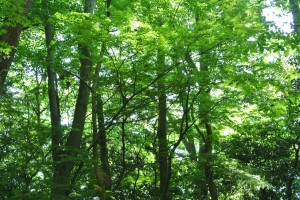
The woods at Shimogamo Jinja in Kyoto offer a shining example of the work that Shinto shrines can do with their sacred groves
A typical session might last three hours, and begin with an explanation of the history and science of shinrin-yoku. “Then it’s about sensory exercises,” said Evans. “We try to hold people’s attention in the present moment, to give their bodies and minds a chance to slow down. We move very slowly, touching the trees, looking at colours and patterns, and breathing deeply. We end up lying down under trees and looking up through the branches.”
Shades of green and blue, the colours of the forest and the sky, were the most relaxing, he said. Looking at nature’s patterns helped to stop thoughts spinning in the head.
After a slow start, interest in forest bathing had taken off, Evans said. Officials from national and local government have made inquiries, and Evans addressed 40 doctors at Frimley Park hospital in Surrey last month on the benefits. GPs in the county have expressed interest in social prescribing of forest bathing. The Forest Bathing Institute is training people to become shinrin-yoku guides.
“The rocket ship has left the launch pad,” Evans said. “There is a growing recognition by the medical profession of the value of forest bathing. But we’re 40 years behind Japan. We need doctors and scientists here to start some studies on the physiological and psychological impact.”
One UK study, carried out by King’s College London and published in January 2018, found that exposure to trees, the sky and birdsong in cities improved mental wellbeing. The benefits were still evident several hours after the exposure.
“Even just 20 minutes can help, though 10 hours a month is even better,” said Dainton. “If you live in a city, you may not be able to get to a forest easily, but taking off your shoes in the park and feeling the grass will help you de-stress.”
A study of 585 Japanese people published last year said that city dwellers were “constantly exposed to stressors” and that “urban living is associated with increased risk of health problems”, including anxiety, depression and psychosis.
It concluded: “The psychological benefits of walking through forests are very significant … Urban planners should pay more attention to maintaining and increasing accessible greenery in urban areas. The beneficial effects of nature suggest a simple, accessible and cost-effective method to improve the quality of life and health of urban residents.”
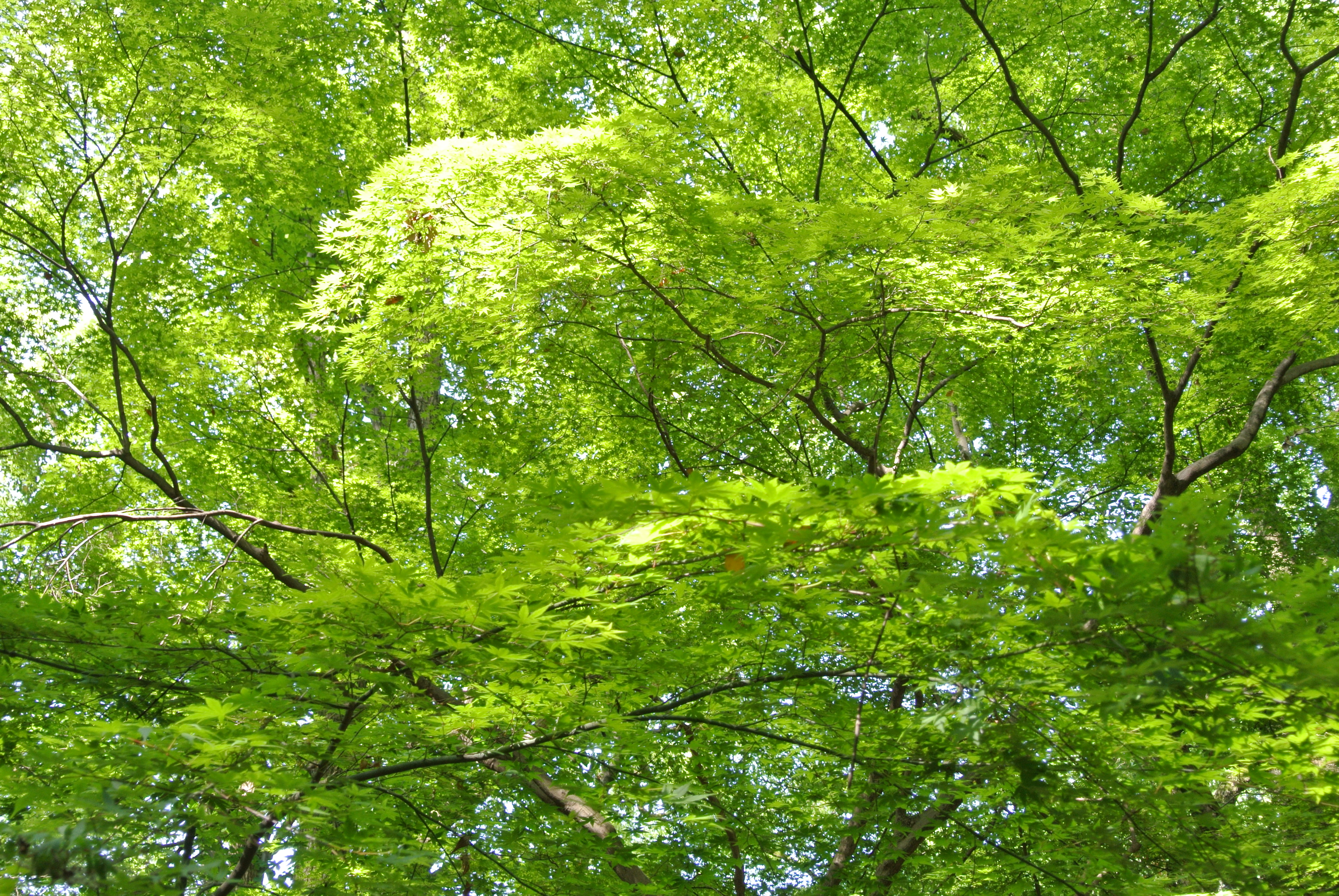
Trees of life

Leave a Reply